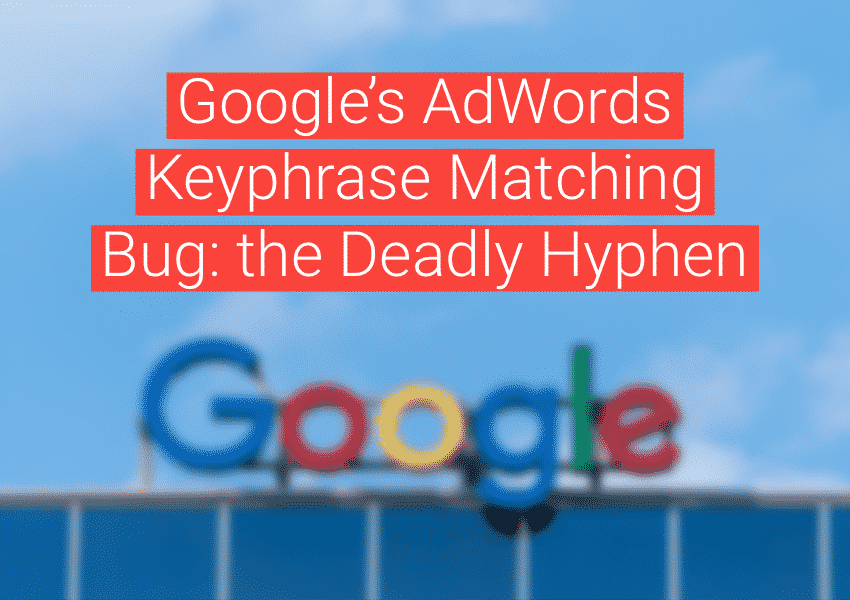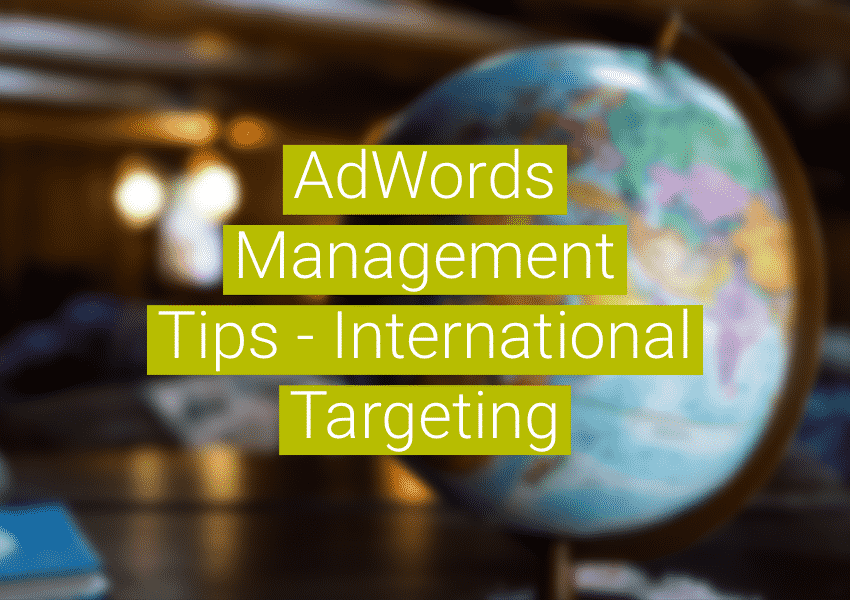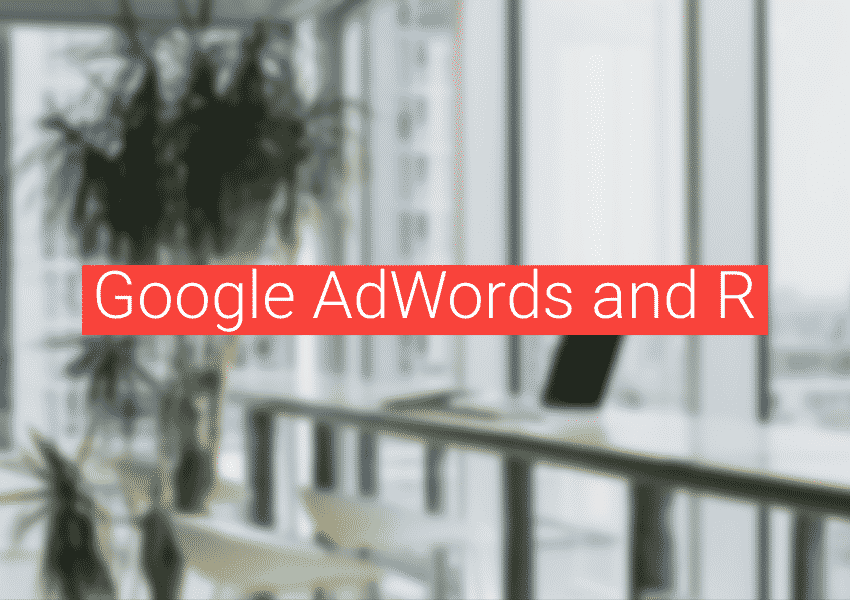Running pay-per-click (PPC) campaigns on Google Ads can be a great way to drive traffic and conversions, but it can be challenging to measure success and prove ROI to superiors. Many marketers struggle to understand how to track campaigns effectively and communicate the results to stakeholders.
Whether you’re just getting started with PPC or you have been running campaigns for a while, it is essential to have a clear understanding of how to measure success and demonstrate the value of your campaigns. In this blog post we’ll explore some of the most common metrics associated with measuring PPC success and provide actionable tips for demonstrating ROI.

FREE PPC ROI CALCULATOR
How much does PPC cost?
One of the most critical factors in measuring PPC success is understanding the cost of your campaigns. The cost of PPC advertising can vary significantly based on a number of factors, including the keywords you are targeting, the competition for those keywords, and the quality score of your ads.
When targeting highly competitive keywords with high commercial intent, such as “buy” or “best,” the cost per click tends to be higher. Additionally, if multiple advertisers are bidding on the same keywords, the cost of those keywords will increase. Your ad quality score, which is calculated based on click-through rate, ad relevance, and landing page experience, can also affect cost.
To keep costs under control, it is essential to continually monitor and optimize your campaigns. This can include adjusting bids on keywords and testing different ad formats and landing page experiences.
How to measure PPC KPIs
Measuring the success of your PPC advertising campaigns can be complex. To effectively track your progress, it’s crucial to identify and analyze key metrics, known as key performance indicators (KPIs). These metrics will vary depending on your business needs and goals, but some of the most important PPC metrics to track include Cost Per Acquisition (CPA), Cost-Per-Click (CPC), Click-Through Rate (CTR), Conversion Rate, Cost Per Conversion, and Quality Score.
Cost-Per-Click (CPC)
This is the average cost you pay each time someone clicks on one of your ads. It can help you understand the cost efficiency of your campaigns.
Click-Through Rate (CTR)
This is the number of clicks your ad receives divided by the number of times it is shown. A high CTR indicates that your ad is relevant and appealing to your target audience.
Conversion Rate
This is the number of conversions (i.e., desired actions such as a sale or a sign-up) divided by the number of clicks on your ad. It gives you a sense of how well your ad is performing in terms of actually driving business results.
Cost per Conversion
This is the total cost of your campaign divided by the number of conversions. It helps you determine the cost efficiency of your campaigns and how much you are spending to acquire a new customer.
Cost Per Acquisition
This is the average amount charged for a conversion from an ad.
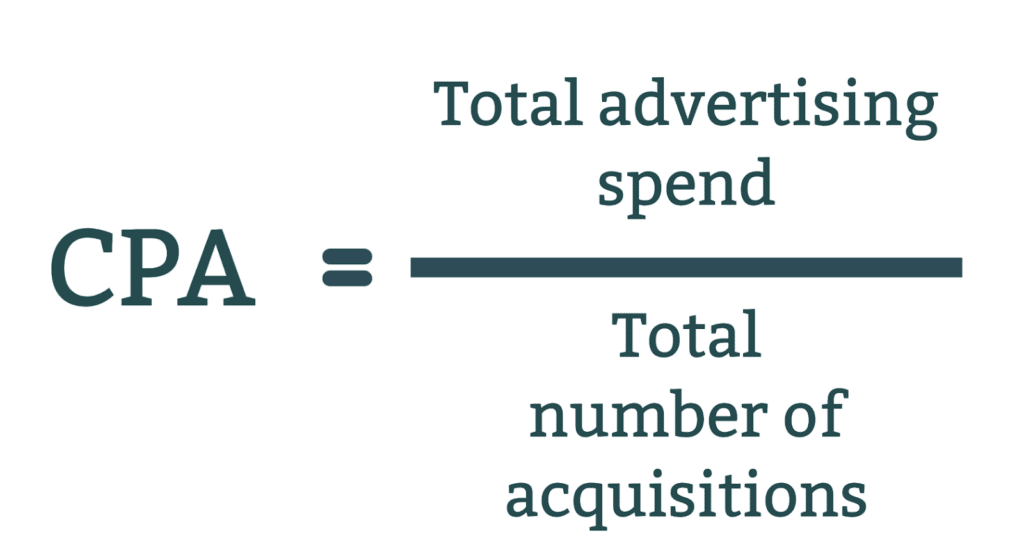
Quality Score
This is a metric assigned by Google that reflects the relevance and quality of your ad, landing page, and keywords. A high Quality Score can lead to lower costs and higher ad placements.
Return on Investment (ROI) and Return on Advertising Spend (ROAS) are also KPIs that should be tracked to understand the success of your advertising campaigns. While similar in nature, these metrics measure different aspects of your campaign’s success and can provide valuable insights for improving your advertising efforts.
ROI
ROI is a simple calculation that measures the return you receive from your investment in advertising compared to the cost of that investment. It’s the profit made from your ads and is easiest to understand when you have dollar amounts associated with conversions. While calculating ROI on PPC investment can be complicated, it’s still a helpful metric to track, especially if you can link conversions to sales.

ROAS
ROAS, on the other hand, measures the return you receive from your advertising spend in terms of revenue. It takes into account both the cost of advertising and the revenue generated and is a more direct measure of the revenue generated by your advertising efforts. A good ROAS ratio to aim for is 4:1 ($4 in revenue to $1 in ad cost), with an average of about 2:1 ($2 in revenue to $1 in ad cost).
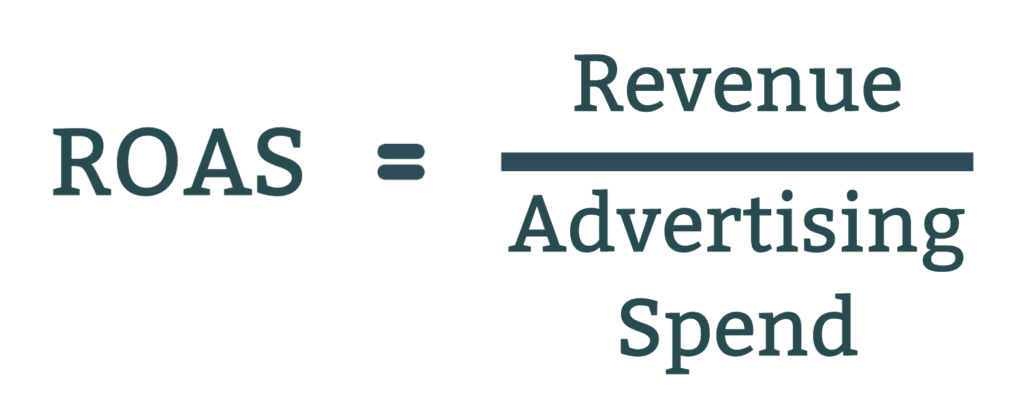
Ultimately, identifying and analyzing these PPC KPIs can help you measure the success of your ad campaigns and make informed decisions for optimizing your advertising efforts. At Pure Visibility, we believe that identifying each client’s individual KPIs is an important part of the initial kick-off process for any PPC campaign.
How long does it take for PPC to work?
The time it takes for a PPC campaign to start producing results can vary depending on several factors, such as the size of your budget, the competitiveness of your target market, and the relevance and quality of your ads.
Typically, it takes anywhere from a few days to a few weeks for a PPC campaign to start generating traffic and conversions. During this time, you can expect to see changes in your cost per click (CPC), click-through rate (CTR), and conversion rate.
However, it’s important to keep in mind that PPC advertising is a long-term strategy and results will not happen overnight. In general, it takes time to fine-tune a PPC campaign and optimize it for maximum results. This process may involve testing different ad copy, targeting options, and landing pages, and making adjustments based on the results.
Therefore, it’s best to be patient and give your PPC campaign time to perform. It may take several months to fully optimize your campaigns and start seeing significant results, but with persistence and a data-driven approach, you can eventually achieve the results you are looking for.
Digital advertising can often produce results almost immediately, but it takes time and finesse to optimize campaigns to perform their best. Most of our clients achieve peak ROI on their campaigns within three to six months of initiation.
Free PPC ROI calculator
PPC advertising can be a valuable tool for businesses looking to increase their online visibility and attract more customers. However, it can also be a costly endeavor if not managed properly. This is where a PPC ROI calculator can come in handy.
A PPC ROI calculator is a tool that helps you measure the profitability of your PPC advertising campaigns. It allows you to input your advertising costs, conversion rates, and revenue to calculate your return on investment.
How To Use Your PPC ROI Calculator:
Step 1: Enter Your Costs
This includes your total PPC costs, including agency fees, salaries, etc., as well as your PPC budget or cost of your campaign, and your average cost per click.
Step 2: Enter Your Conversion Rates
This includes the percentage of clicks that result in a conversion, as well as the average client value — this is the average amount that a client is worth to your business. Finally you will enter the lead to customer close rate, which is the percentage of leads that turn into customers, or the percentage of leads that you normally close.
Step 3: Analyze Your Results
Once you’ve entered all the relevant data, the PPC ROI calculator will generate your results and will show your ROI (return on your investment) and your ROAS (return on ad spend). These numbers will help you evaluate the effectiveness of your advertising campaigns and determine which campaigns are generating the most revenue and which ones need to be adjusted to improve performance.

FREE PPC ROI CALCULATOR
Not happy with your numbers and need help optimizing your campaigns to maximize ROI? Get in touch!



